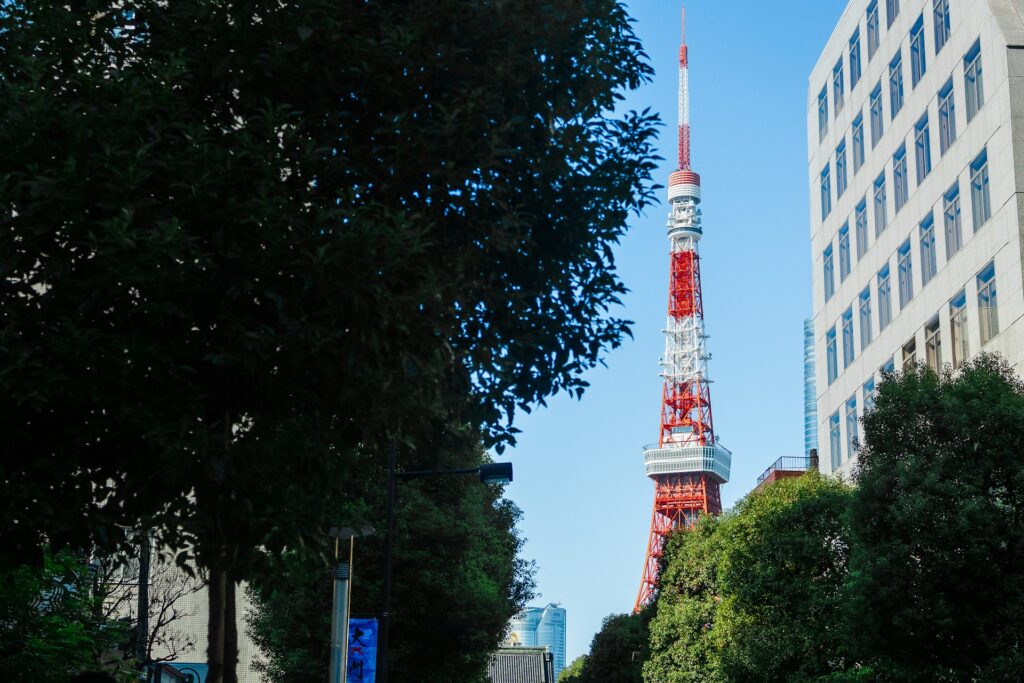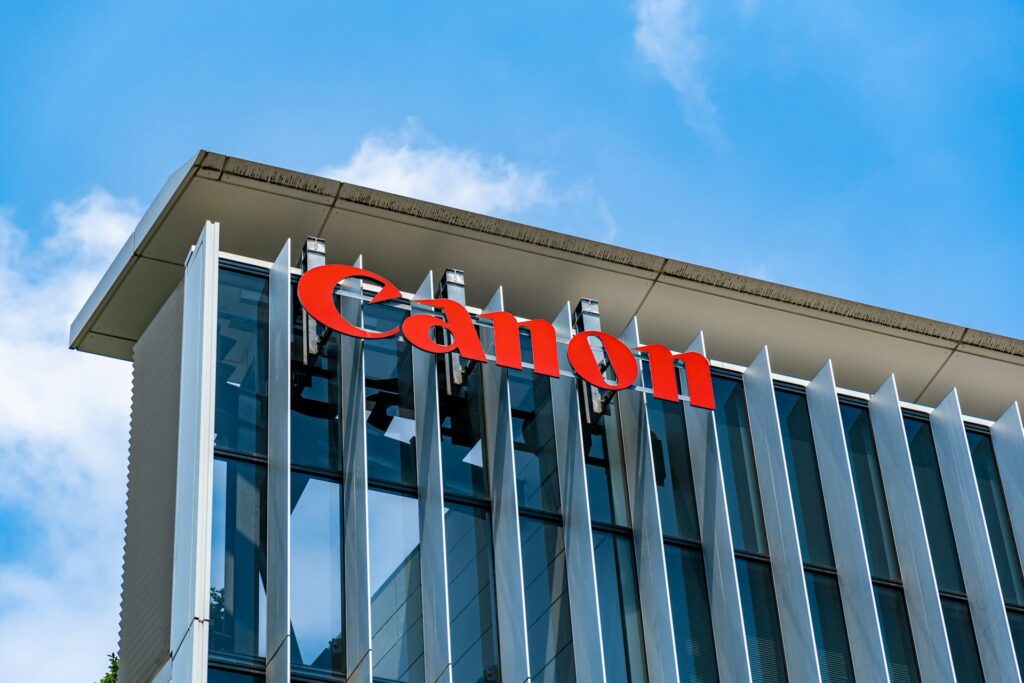Japan’s digital marketing landscape requires platform-specific strategies across LINE, Yahoo! JAPAN, and Google, with mobile-first optimization and cultural localization being critical for success.
AI-powered personalization, social commerce integration, and live streaming are driving 2025 trends, while companies must navigate relationship-based business culture and quality-focused consumer expectations.
Straight from Tokyo
Digital Marketing Methods in Japan
Search Engine Marketing (SEM/SEO)
Google dominates with 74.91% market share, followed by Bing (14.55%) and Yahoo! JAPAN (9.18%). Yahoo! JAPAN maintains 83 billion monthly page views and 89 million active users, requiring dual-platform optimization strategies.
SEO must incorporate Japan’s three writing systems (Kanji, Hiragana, Katakana), with mobile-first indexing critical given 90%+ smartphone penetration.
Social Media Marketing
LINE leads as Japan’s super app with 96 million users (78% daily usage), offering messaging, Official Accounts, and integrated services. X (Twitter) commands 73.4 million users for real-time engagement, Instagram reaches 55.45 million for visual campaigns, and TikTok shows 25.9% year-over-year growth among younger demographics. YouTube remains vital for long-form content and influencer partnerships.
E-commerce Platform Marketing
Rakuten, Yahoo! Shopping, and Amazon Japan dominate online retail, requiring platform-specific optimization. Shoppable posts on Instagram and LINE enable direct purchasing, with brands like GU driving sales through social commerce integration.
Cross-platform strategies maximize reach across Japan’s fragmented e-commerce landscape.
Mobile Marketing
Over 90% smartphone usage necessitates mobile-first strategies across all channels. Mobile payments (PayPay, LINE Pay, Rakuten Pay) drive m-commerce adoption, while app marketing targets high engagement rates.
Location-based marketing and mobile-optimized customer journeys become essential for conversion optimization.
Content Marketing
Video content dominates consumption patterns, with live streaming particularly effective for real-time engagement and product launches. Influencer marketing achieves 3%+ engagement rates, significantly above global averages. Seasonal content alignment with Japanese cultural events (cherry blossom season, Golden Week) drives deeper audience connection.
Emerging Technology Integration
AI-powered personalization delivers targeted recommendations and predictive analytics, with companies like Sony leveraging AI for demand forecasting. Voice search optimization grows with smart speaker adoption, while AR/VR experiences enhance customer engagement. 5G networks enable enhanced mobile experiences and real-time interactive campaigns.
5 First Steps to Take in Japanese Digital Marketing

1. Conduct Comprehensive Market Research and Cultural Analysis
49.8% of Japanese internet users research brands online before purchasing, making thorough market understanding essential. Analyze local competition, consumer behavior patterns, and cultural preferences specific to your industry. Japanese consumers prioritize quality over price, with 65% stopping brand usage when encountering low-quality environments.
2. Establish LINE Official Account and Core Platform Presence
LINE’s 96 million users and 78% daily usage rate make it the mandatory first platform. Set up Official Account for direct customer communication, followed by Yahoo! JAPAN advertising accounts to reach 89 million monthly active users. Google Ads setup captures the 74.91% search market share, ensuring comprehensive platform coverage.
3. Implement Mobile-First Website and Content Optimization
Over 90% smartphone penetration demands mobile-priority design and fast loading speeds. Optimize for mobile payments integration (PayPay, LINE Pay, Rakuten Pay) and ensure responsive design across all touchpoints. Mobile-first indexing directly impacts search rankings on both Google and Yahoo! JAPAN.
4. Secure Local Partnership and Cultural Consultation
Japan’s relationship-based business culture requires local expertise for navigation. Partner with Japanese agencies or consultants who understand cultural nuances, business etiquette, and regulatory compliance (APPI data privacy laws). Local partnerships provide credibility and market access that remote operations cannot achieve.
5. Develop Culturally Localized Content Strategy
Create content in appropriate Japanese scripts (Kanji for sophistication, Katakana for modern/foreign concepts) beyond simple translation. Align content calendar with Japanese seasonal events (cherry blossom season, Golden Week, New Year) and cultural values emphasizing quality, detail, and group harmony over individualistic messaging.
Digital Marketing Priorities for Japan Market Entry
Platform Selection Strategy
Search Engines: Implement dual-platform approach targeting both Google (75% market share) and Yahoo! JAPAN, with Yahoo! JAPAN particularly effective for desktop users and B2B services.
Social Media Focus: Prioritize LINE Official Accounts for direct consumer communication, Instagram for visual campaigns, TikTok for short-form content, and Twitter for real-time engagement.
E-commerce Platforms: Target Rakuten, Yahoo! Shopping, and Amazon Japan as major players, optimizing product listings and utilizing targeted advertising.
Essential Infrastructure Development
Mobile optimization takes priority, ensuring websites and content prioritize mobile compatibility for search ranking success. SEO strategies must incorporate Japan’s three writing systems (Kanji, Hiragana, Katakana), understanding each script’s specific usage context.
Backlinking from reputable Japanese websites, local business directories, and industry-specific portals significantly enhances domain authority.
Cultural Localization Requirements
Translation extends beyond language to cultural adaptation of visuals, messaging, and offers, with direct translations rarely capturing Japanese cultural nuances. Script choice influences brand perception: kanji conveys sophistication, katakana suggests modernity or foreign concepts.
Seasonal marketing alignment with events like cherry blossom season, Golden Week, and New Year celebrations drives deeper consumer engagement.
Tips for Successful Digital Marketing in Japan

Quality-First Content Strategy
Japanese audiences demand high-quality, visually appealing content with interactive elements like polls, quizzes, and contests proving highly engaging. Quality expectations reflect Japan’s technological advancement and reputation for premium local products.
Video content dominates, with live streaming particularly effective for real-time engagement, product launches, and Q&A sessions across YouTube, TikTok, and Twitter.
Relationship-Building Approach
Japan’s relationship-based business culture prioritizes personal referrals and introductions over Google searches for business solutions. Building solid relationships over time with local partners becomes more important than immediate financial gains.
Influencer partnerships prove highly effective, with local influencers achieving above 3% engagement rates compared to global average of 2.4%.
Data-Driven Personalization
AI-powered personalization delivers highly targeted ads based on individual preferences and behaviors, while live commerce through streaming platforms revolutionizes e-commerce with real-time consumer engagement.
49.8% of internet users research brands online before purchasing, with nearly equal numbers visiting brand websites within 30 days, highlighting digital research importance.
Ethical Marketing Focus
Environmental consciousness rises among Japanese consumers, making sustainability focus and transparent communication crucial for building trust and loyalty. Privacy concerns grow with data regulations, requiring transparent data usage practices and prioritizing user consent.
Characteristics of the Japanese Market
Relationship-Based vs. Task-Based Business Culture
Japan operates on relationship-driven business decisions, where personal referrals and introductions drive B2B connections.
When Japanese businesspeople seek new solutions, they contact friends or associates first, contrasting sharply with American tendency to Google search, review websites, and contact top results directly. This fundamental difference requires long-term relationship building over quick sales tactics.
Platform Ecosystem Divergence
Unlike America’s Google-Facebook-Amazon dominance, Japan’s digital landscape centers on unique local platforms. LINE commands 96 million users as the primary communication and commerce hub, while Yahoo! JAPAN maintains 83 billion monthly page views despite Yahoo’s global decline.
TikTok shows 25.9% growth, but X (Twitter) retains stronger influence with 73.4 million users compared to declining US usage.
Quality-First Consumer Behavior vs. Price-Convenience Focus
Japanese consumers prioritize product quality and brand reputation over price efficiency, with 65% abandoning brands in low-quality environments compared to 62% in the US. Group harmony influences purchasing decisions more than individual preferences, requiring collective-focused messaging rather than American individualistic “Be Yourself” campaigns that failed in Japan.
Brand loyalty runs deeper, particularly among older demographics who resist switching to newer alternatives.
Digital Marketing Pitfalls in Japan
Cultural Missteps and Translation Errors
Direct competitive themes backfire, as demonstrated by Pepsi’s failed “Pepsi Challenge” campaign which Japanese consumers found crass. Poor translations create disasters, like Salem cigarettes’ “Feeling Free” becoming “your mind seems to be free and empty” in Japanese.
Overly individualistic messaging conflicts with collective harmony values, while inadequate cultural adaptation leads to authentic connection failures.
Platform Strategy Mistakes
Companies frequently attribute cultural differences to Japan being “behind,” leading to market exit without impact despite significant investment. Underestimating LINE’s dominance while overrelying on Western-centric social media strategies limits reach potential.
65% of Japanese consumers stop using brands appearing in low-quality environments, with over 80% believing ad placement quality matters significantly.
Organizational Structure Challenges
Vertically structured organizations struggle with digital marketing’s speed and flexibility requirements, particularly impacting real-time social media engagement capabilities. Japanese companies show significant gaps in encouraging marketing team innovation and clarifying brand positioning for digital expansion.
Insufficient upfront investment and wrong partner selection frequently prevent foreign companies from gaining market traction.
Legal and Compliance Oversights
Japan’s Act on the Protection of Personal Information (APPI) requires transparent data collection practices and proper user consent before processing personal information. Avoiding misleading claims and ensuring truthful, culturally appropriate advertising becomes essential for legal compliance and consumer trust.
Keiretsu business relationships create procurement patterns that bypass competitive bidding, requiring thorough market research to understand relationship-based purchasing decisions.
Partner with EPICs Inc. for Japanese Market Entry and MVP Development
Success in Japanese marketing requires cultural understanding and rapid market validation. EPICs Inc., a professional no-code development company, delivers MVP development starting from 2 weeks and ¥300,000, creating apps and systems tailored to Japan’s unique market needs.
With extensive development expertise accumulated since our founding as a no-code specialist and marketing insights for planning and design support, we provide genuine market success beyond just “build and finish.” Supporting multiple tools including Bubble and Adalo, we offer comprehensive assistance from ideation through operation and customer acquisition.
For companies aiming to succeed in the Japanese market, consult with EPICs—we understand the culture and enable speedy validation for your business growth.

Leave a comment